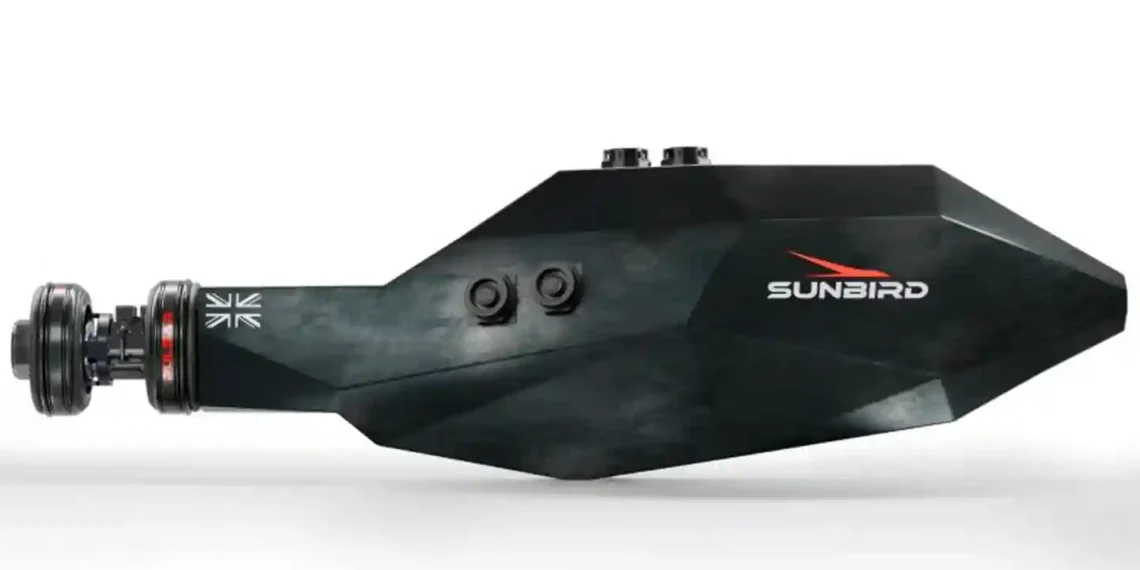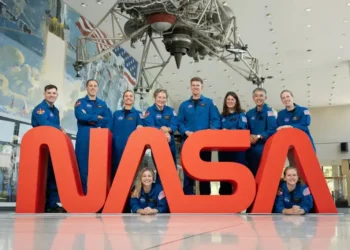New Rocket Concept Uses Nuclear Fusion for Speedy Mars Missions
Here’s a rewritten and restructured version of the article with enhanced readability, stronger key highlights, and a more engaging tone suitable for a news blog audience:
A futuristic rocket that uses nuclear fusion — the same process that powers the Sun — could soon transform space travel, slashing the time it takes to reach Mars by 50%.
British startup Pulsar Fusion, backed by the UK Space Agency, is developing Sunbird, a revolutionary space rocket designed to use nuclear fusion to push spacecraft faster than anything built before — potentially reaching 500,000 miles per hour.
That’s faster than NASA’s Parker Solar Probe, the current record holder at 430,000 mph.
While fusion power remains an elusive dream on Earth, doing it in space might actually be easier.
“Fusion doesn’t want to work in an atmosphere. Space is a far more logical place to do fusion,”
— Richard Dinan, CEO of Pulsar Fusion
Unlike traditional nuclear fission — which splits atoms and creates hazardous waste — fusion merges lightweight atoms like hydrogen to release massive amounts of clean energy. It generates 4x more energy than fission, and 4 million times more than fossil fuels, without the radioactive byproducts.
Sunbird’s design is radically different from Earth-based fusion reactors:
- Linear Fusion: Instead of a circular reactor, Sunbird uses a straight, open-ended chamber. Escaping fusion particles become thrust, propelling the rocket forward.
- Helium-3 Fuel: Unlike reactors that use radioactive tritium, Sunbird plans to use helium-3 — an ultra-rare, non-radioactive isotope that produces protons, not neutrons, for cleaner propulsion.
- Tiny Fuel, Big Power: It only needs grams of fuel to generate incredible thrust.
While it won’t be efficient enough for electricity production, it doesn’t have to be — it just needs to go fast.
Dinan compares the concept to a city bike rental system in orbit:
“You launch Sunbirds into space, leave them at docking stations, and when your spacecraft needs to go far — like Mars — you hop on and go fusion-powered the rest of the way.”
The first in-orbit test of a Sunbird component is expected in 2027, with the full prototype — a $70 million project — planned a few years later. Initially, Sunbird could shuttle satellites, but the real goal is interplanetary travel.
If successful, Sunbird could:
- Deliver 4,400 lbs of cargo to Mars in under 6 months
- Send probes to Jupiter or Saturn in 2–4 years (compared to 5+ years today)
- Complete asteroid mining missions in half the time
- Eventually support crewed missions to the Moon and beyond
Pulsar Fusion isn’t alone. Other players include:
- Helicity Space (U.S.) — backed by Lockheed Martin
- General Atomics & NASA — planning a fission-based engine test in 2027
These companies are racing to create faster, safer, and more sustainable ways to explore space.
Aaron Knoll, plasma propulsion expert at Imperial College London, sees promise:
“Fusion propulsion doesn’t need to be energy-positive like Earth reactors — it just needs to create thrust. That’s much more achievable.”
Bhuvana Srinivasan, aerospace professor at University of Washington, adds:
“Fusion propulsion would be a game-changer — not just for Mars, but for building entire lunar bases and exploring deep space.”
She also highlights that helium-3, the fuel of choice for Sunbird, may be found on the Moon — opening doors for lunar mining and deeper exploration.
Humanity’s quest to explore space has always been limited by speed and fuel. If fusion propulsion works, the entire solar system could become more accessible, making missions cheaper, faster, and safer.
More than a moonshot, Sunbird might just be the engine of a new space age.
This article was rewritten by JournosNews.com based on verified reporting from trusted sources. The content has been independently reviewed, fact-checked, and edited for accuracy, neutrality, tone, and global readability in accordance with Google News and AdSense standards.
All opinions, quotes, or statements from contributors, experts, or sourced organizations do not necessarily reflect the views of JournosNews.com. JournosNews.com maintains full editorial independence from any external funders, sponsors, or organizations.
Stay informed with JournosNews.com — your trusted source for verified global reporting and in-depth analysis. Follow us on Google News, BlueSky, and X for real-time updates.














